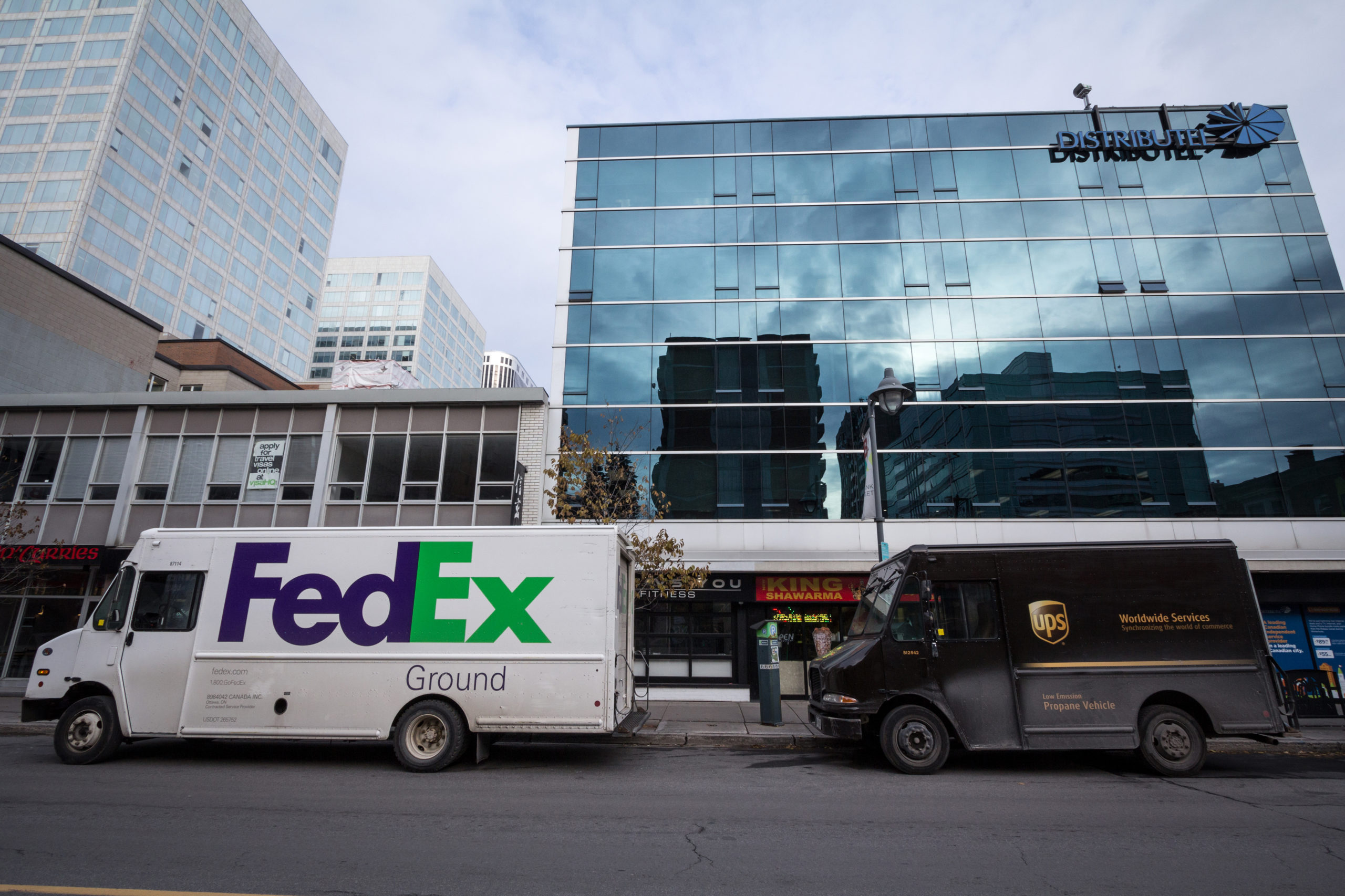Knock knock. Here’s your opportunity to find out how much you really know about parcel carriers’ GRIs and how they’re impacting your overall transportation spend. (Spoiler alert: They’re no joke.)
What does GRI stand for?
A. Gordon Ramsey International
B. General Rate Increase
C. Global Reporting Initiative
D. All of the above
B. General Rate Increase
C. Global Reporting Initiative
D. All of the above
Answer: D
Depending on what industry you’re in, the term GRI can mean many different things. However here in the supply chain space, (and for purposes of this test) it stands for General Rate Increase (GRI), the annual price hike that carriers implement.
Which of the following things are included in parcel carriers’ GRIs?
A. Fuel
B. Base transportation rates
C. Other surcharges
B. Base transportation rates
C. Other surcharges
Answer: B
Technically speaking, parcel carriers’ GRIs only pertain to base transportation rates. Carriers usually add increases to their other surcharges – including fuel – as a separate matter, even if they are announced concurrently with their GRIs.
Were this year’s GRIs higher than, the same as, or lower than they’ve been in previous years?
A. Higher than
B. The same as
C. Lower than
B. The same as
C. Lower than
Answer: A
This year’s average GRIs set another new record – 6.9%. That’s a full percentage point higher than the 5.9% that went into effect last year and two full percentage points higher than the 4.9% per year that were applied between 2014 and 2021.
Will all domestic shippers see the same 6.9% GRI in 2023?
A. Yes
B. No
B. No
Answer: B
The actual amount of each shipper’s GRI will depend on what shipping service they use and how many zones their shipments cross. In many cases (such as long zone shipments for Express services), a shipper’s domestic GRI could be as high as 11.9%. And sometimes (such as short zone Ground shipments), it might be a as low as 6.2%; but most of those latter instances are few and far between.
It’s also important to point out that while GRIs cannot be negotiated, carrier rates can. (And no, that’s not a typo.)
On average, how much have parcel carriers’ surcharges increased for 2023?
A. 3.9%
B. 6.9%
C. 9.9%
D. They haven't
B. 6.9%
C. 9.9%
D. They haven't
Answer: C
Carriers’ 2023 surcharge increases ranged from 4.2% for Delivery Area Surcharge (DAS) Commercial to 18.8% for Additional Handling, averaging out to 9.9%. And depending on how many of them apply to your shipments, they can really add up.
Which carrier added a new surcharge for 2023?
A. UPS
B. FedEx
C. Neither
B. FedEx
C. Neither
Answer: B
FedEx’s new DAS Remote Surcharge went into effect on January 3. UPS already implemented a similar surcharge called the Remote Area Surcharge (RAS) in 2022, so this new FedEx surcharge didn’t come as a surprise.
What’s changed about Peak Season surcharges over the past few years?
A. Nothing
B. They’ve gone back to being a holiday season phenomenon, starting around Thanksgiving and ending around New Year’s Day
C. They’re kicking in much earlier and ending much later – if they end at all
B. They’ve gone back to being a holiday season phenomenon, starting around Thanksgiving and ending around New Year’s Day
C. They’re kicking in much earlier and ending much later – if they end at all
Answer: C
Over the past few years, parcel carriers’ definition of what and when Peak Season is, has gotten increasingly harder to pin down – and so have the circumstances that cause shippers to trigger a Peak Surcharge. But generally speaking, you can expect each carrier’s Peak Season to last considerably longer (if it ends at all) and to apply to a greater percentage of your shipments. It’s just one more thing that could contribute to your sticker shock from this year’s spend.
Are there any major differences between UPS’ and FedEx’s GRIs and surcharge increases?
A. Yes
B. No
C. This test is really making my head hurt
B. No
C. This test is really making my head hurt
Answer: B
Not really. Both carriers rolled out identical GRIs, as well as the same increase in late fees (which increased from 6% to 8%) and made similar changes to their extensive lists of surcharges. They now have some form of an RAS or DAS Remote Residential/Commercial Surcharge.
And by the way, if you answered C (“This test is really making my head hurt”) you’re probably not alone. This subject and its financial repercussions can be a real doozie to wrap your head around. If you’d like to learn more, check out our recent GRI webinar or if you have any questions, feel free to drop AFS a line.
And by the way, if you answered C (“This test is really making my head hurt”) you’re probably not alone. This subject and its financial repercussions can be a real doozie to wrap your head around. If you’d like to learn more, check out our recent GRI webinar or if you have any questions, feel free to drop AFS a line.
Extra Credit: Which of the following could be an effective way for shippers to mitigate the effects of parcel carriers’ GRIs and surcharge increases?
A. Negotiate with carriers
B. Conduct a service level optimization analysis to see if it would make sense to use different services that have lower surcharges and rate increases
C. Consider using additional fulfillment center locations that will allow for shipments to cross fewer zones (and incur lower overall shipping costs)
D. Put your shipping business out to bid
E. Ensure that all carrier invoices are accurate through detailed invoice auditing
F. All of the above
B. Conduct a service level optimization analysis to see if it would make sense to use different services that have lower surcharges and rate increases
C. Consider using additional fulfillment center locations that will allow for shipments to cross fewer zones (and incur lower overall shipping costs)
D. Put your shipping business out to bid
E. Ensure that all carrier invoices are accurate through detailed invoice auditing
F. All of the above
Answer: F
Thankfully the answer is “All of the above.” Although you can’t change the fact that shipping prices rise significantly each year, there are many ways to leverage analytics to optimize and negotiate in order to offset them. And here at AFS, we’re adept at all of these practices. Don’t hesitate to contact us if you’d like to discuss the possibilities.









